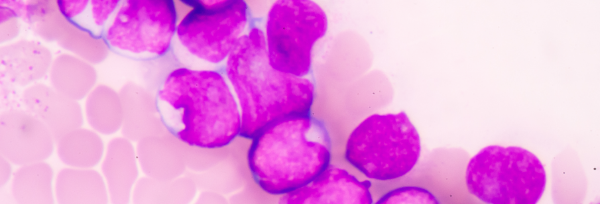MENARINI is a fully integrated privately owned pharma company with a long and successful heritage in strategic partnering across the globe. We have a profound know-how stemming from our strong R&D capabilities in key therapeutic areas, coupled with our excellence in commercial execution and our powerful direct presence on a global basis.
Glioblastoma
Glioblastoma multiforme (GBM) is the most frequent and aggressive brain tumor and remains uncurable1. The incidence of this tumor type is approximately six cases per 100.000 inpiduals worldwide and increases with age.2 The median age at diagnosis is 62 years and men are 1.6-fold more likely to be affected than women.1,2
The current treatment after diagnosis of GBM includes surgery followed by radiotherapy and chemotherapy. This approach can prolong survival but unfortunately patients will ultimately progress1. Currently, there is no standard of care for these patients and enrolment into a clinical trial is often the preferred treatment option.3 The prognosis for patients suffering from glioblastoma is poor: the overall five-year survival rate of 4-5% represents the lowest among all cancer types.4 There have been only modest improvements in the survival rates of the last decades and despite the initial aggressive treatment, the median overall survival for glioblastoma patients is only 15 months.4 This highlights the huge unmet need for a deeper understanding of the molecular mechanism driving tumorigenesis to develop more efficient innovative therapies.
GBM was the first cancer type that was systematically studied by genomic sequencing yielding in a better understanding of the underlying genomic alterations.5 The most common molecular changes affect EGFR signalling, PI3K signalling, the p53 pathway and the Rb pathway.5 However, targeting these pathways have failed to improve outcomes likely due to the fact that GBM growth is driven by a signalling network with functional redundancy that permits adaptation in response to targeted molecular treatments5,6. In addition, intratumoral heterogeneity with the presence of resistant cancer cell subclones and the presence of the blood-brain-barrier-representing a challenge for the delivery of therapeutic agents- may also lead to treatment failure1.
We at Menarini/ Stemline strive to further understand the underlying biology of this lethal disease to develop therapies that maintain the quality of life of patients suffering from GBM while changing the course of their disease.
References
1 Di Cintio et al, The Molecular and Microenvironmental Landscape of Glioblastomas: Implications for the Novel Treatment Choices.
2 Weller et al., EANO guidelines on the diagnosis and treatment of diffuse gliomas of adulthood. Nature Reviews Clinical Oncology Vol 18, 171, March 2021
3 NCCN guidelines Central Nervous System Cancers (V1.2022)
4 Khabibov et al., Signaling pathways and therapeutic approaches in glioblastoma multiforme. International Journal of oncology 60:69, 2022
5 Brennan et al., The somatic genomic landscape of GBM. Cell 2013
6 Le Rhun et al., Molecular targeted therapy for glioblastoma.
























